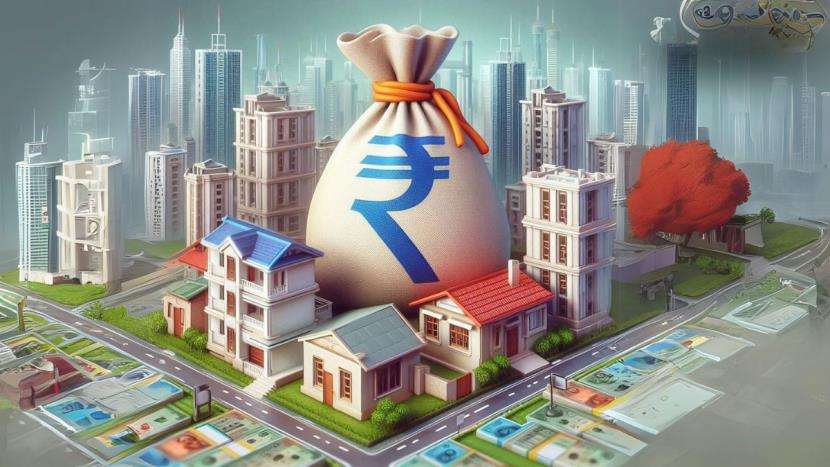India’s ultra-rich population is poised for significant growth over the next few years, with a recent report projecting a 50 percent increase by 2028. This surge underscores the expanding wealth concentration among the country’s wealthiest individuals and highlights emerging economic trends shaping India’s financial landscape.
The report, released by a leading global wealth consultancy, identifies India as one of the fastest-growing hubs for ultra-high-net-worth individuals (UHNWIs) globally. Currently, India ranks third worldwide in terms of the number of ultra-rich citizens, defined as those possessing net assets exceeding $30 million. By 2028, this segment is expected to grow from approximately 8,500 individuals to over 12,750, reflecting a 50 percent rise.
Several factors contribute to this rapid expansion of India’s ultra-rich demographic. Sustained economic growth, burgeoning startup ecosystems, increased foreign investments, and the rise of new business sectors such as technology, fintech, and renewable energy have been pivotal. Additionally, India’s policy reforms aimed at enhancing ease of doing business and promoting entrepreneurship have played a crucial role in wealth creation.
The report highlights key cities such as Mumbai, Delhi-NCR, Bengaluru, and Hyderabad as major centers driving ultra-rich wealth accumulation. Mumbai continues to lead as India’s financial capital, housing the largest share of UHNWIs, followed closely by Delhi and Bengaluru, which have seen substantial growth due to thriving technology and startup sectors.
The expansion of the ultra-rich population also reflects broader socio-economic changes in India. A new generation of entrepreneurs, investors, and professionals are emerging, leveraging digital innovations and global market access to build substantial wealth. Furthermore, increased cross-border investments and globalization have enabled Indian UHNWIs to diversify their portfolios, boosting their overall net worth.
However, this growing wealth concentration also raises questions about income inequality and wealth distribution in India. Policymakers and economists stress the need for inclusive growth strategies that ensure equitable benefits across different economic strata. Initiatives targeting education, healthcare, and infrastructure development remain critical to bridging the socio-economic divide.
In conclusion, India’s ultra-rich population is on track for unprecedented growth, with a projected 50 percent increase by 2028. This trend not only signifies the country’s evolving economic dynamism but also presents challenges and opportunities for sustainable and inclusive development. As India cements its position on the global wealth map, balancing prosperity with social equity will be essential for its long-term economic stability.



